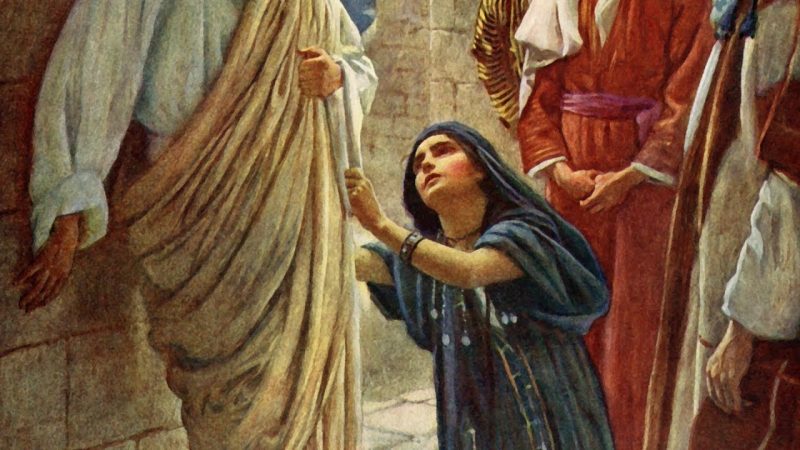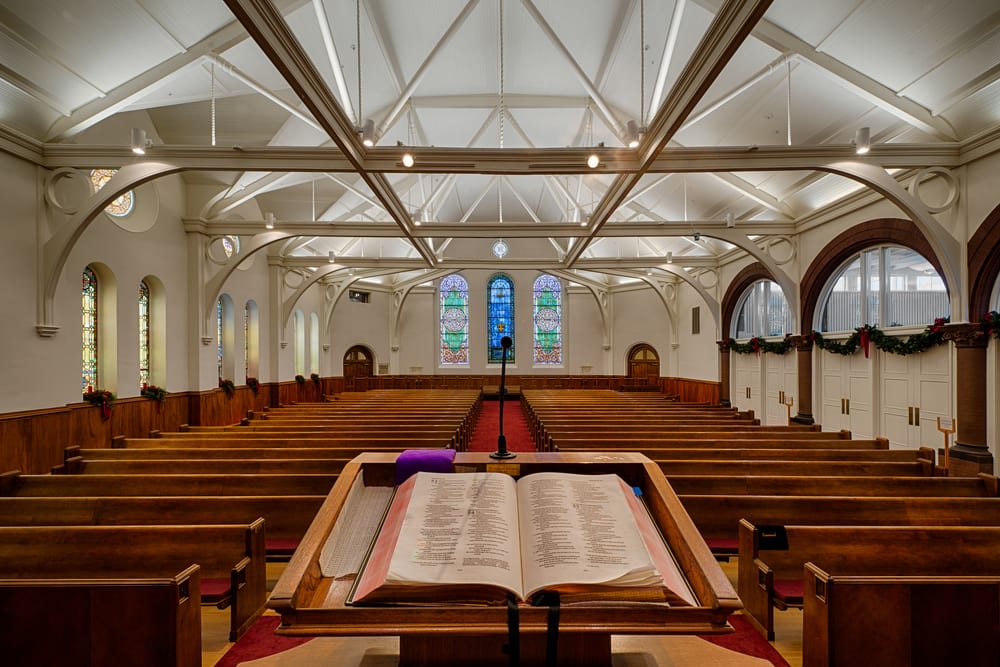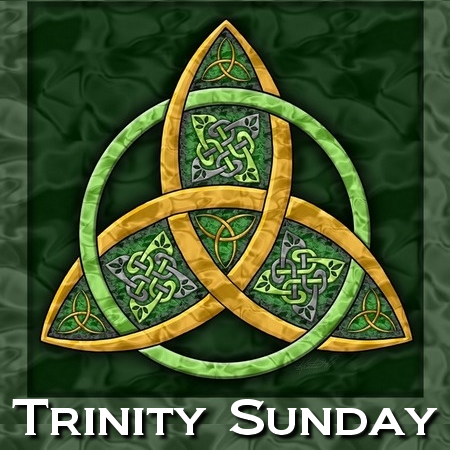Mark 4:35-41
Growing up, my family lives a few streets over from the water. I can remember waking up on summer mornings and smelling the fresh salt air. We were not close enough to hear the waves crashing, but we could smell that ocean, and it is some of my fondest childhood memories.
But the sea can also be deadly. We were always conscious of when storms would be on the horizon. We lived far enough away and high enough from the water that flooding was not a real issue but, this is New England after all, and one never knows.
My father owned a couple of sailboats when I was growing up, and he taught my brothers and me how to sail. Learning to sail was more than just knowing what rope to pull and when it was also about safety on the water. Whenever we went out on the boat, we always had our life jackets on and always made sure the other safety equipment was present and working.
The passage from the Gospel of St. Mark that we just heard is a boat story. The people that Jesus chose to work with him were sea people; they were fisherman for the most part. Sure, there were a few exceptions, but they all knew something about fishing. They were “crossing over,” and the sea turned violent.
A “furious squall” came up, and the waves were crashing over the sides. I love this next part, “Jesus was in the stern, sleeping on a cushion.” The whole world is crashing in around them, and Jesus is sleeping on a cushion!
They woke him and sort of yelled at him, “Teacher, don’t you care if we drown?” He rebuked the wind was calm. Except, Jesus had some words for those who woke him.
“Why are you so afraid? Do you still have no faith?”
Now we come to the matter at hand. How many times have we been the disciples in the boat? How many times has our world been crashing all around us, and rather than turning to God, we turn to ourselves?
Before we get too deep, God is not a magician, and this story is not about the calming of the waters; this story is about faith or the lack of faith when we face difficult situations in life. God has never promised us that life would be easy; what God did promise us is that God would never leave us during the storm.
For most of my ministry, I have been involved in disaster relief work. I am one of the guys that head in when others are heading out. Sitting with people recovering from a disaster of any size is blessed work, and I am privileged that I get to do it. People ask all sorts of questions at times like this, but the most common question is, “where was God? Why didn’t God protect me?”
I usually point out that they are alive, and although their stuff might be gone or damaged, they have their life. As important as our stuff is, and I have some stuff that I would miss for sure, my life and the lives of my family are far more important.
It took me a long time to come up with an answer, and sometimes, folks don’t want to hear the answer. But the response I have come up with is, God was and is right here with you. God will never leave our side, no matter what. Again, folks don’t always want to hear this as an answer, but it is the only one I have.
There is an old story of a man who dies and goes to heaven. He greets God and tells God that he has a question for him. You see, the man died as the result of a storm. The storm was coming, and the man was watching TV. The weatherman said that the storm was coming, and they should seek higher ground. The man thought God will protect me, so he stayed. The rains came, and the water rose, and the man thought, God, will protect me. Another man in a boat came by and shouted to the man that he would take him to safety, and the man yells back, God will protect me. The water continued to rise, and the man found himself on his roof. A helicopter appeared, and they threw down a rope. But the man pushed it aside and said, God, will protect me.
Well, the man died, and standing before God, he asked, why didn’t you protect me. God said I sent you a weather report, a boat, and a helicopter; what more do you want?
We all have or have had storms in our lives. We have all been in a position of the waves crashing over us and not knowing what we will do. Sometimes the solution is obvious, and sometimes, not so much. Sometimes it’s a kind word from someone, and sometimes it’s a rope from a helicopter, but, at those times, we have to be looking for it.
June is the start of the Atlantic Hurricane Season. If we live near the water, we need to prepare just in case. Preparation for a disaster is essential, but many of us just fluff it off. We have been through this before, and we don’t need to prepare.
Preparing for the storms in our lives is just as, if not more important. How are you preparing? How is your prayer life? Do we spend time each day reading Scripture and meditating on it? All these things help us get ready for when the time comes. Preparation needs to take place before the storm, not during the storm.
At the start of this, I mentioned that this passage was not about the storm or the fact that Jesus claimed it. Many times, in these stories, we miss the meaning because of the magic. This story is about faith, faith in good times, and faith in bad times. How is our faith? Does it need a tune-up?
When we are going through something as individuals or as a community, we need to turn to God. We need to get on our knees and pray, really pray, and seek the wisdom to understand and accept what comes along. We need to discern if this is my will or God’s will. Spend time reading God’s word, seeking guidance from those around us, and finally getting a spiritual guide. We do not have to go it alone.
Jesus calmed the winds, and all was well. Jesus will calm the winds in your life if you ask and have faith that it will happen.
Amen





